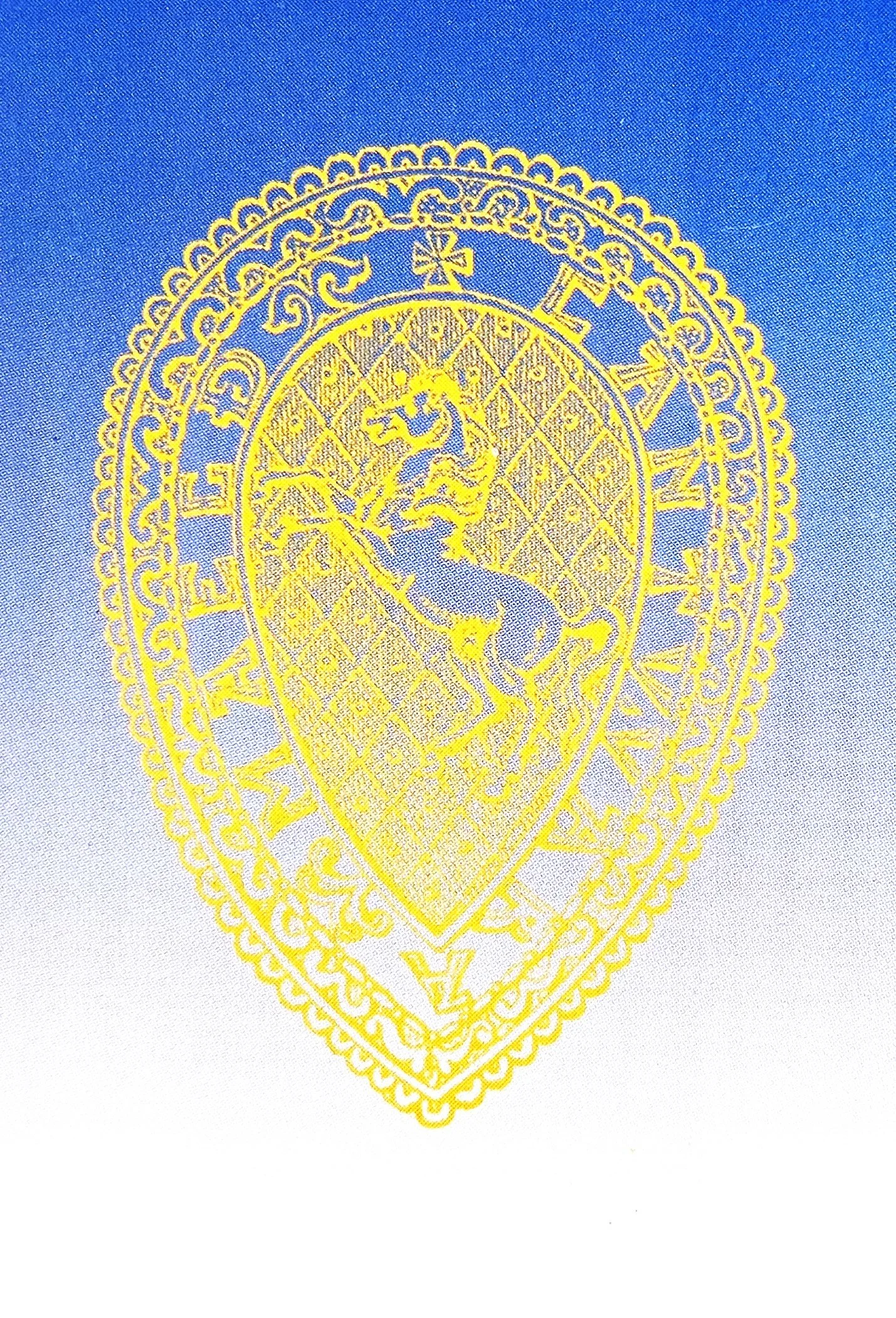
KAS Newsletter, Issue 67, Winter 2005/6
Contributions to the next issue are welcome. See the guidance for contributors and contact Editor Craig Campbell.
Search page
Search within this page here, search the collection page or search the website.
Strawberry Wood Culvert Project
Library Notes: Holy Trinity Church, Maidstone; Captain Nolan and His Memorial
Dr. Frank Panton, Hon Librarian KAS, 2005, KAS Newsletter, Issue 67 (Winter 2005/6). Maidstone: Kent Archaeological Society.
Ann Gallagher (Hon. Sec. WIRG), 2005, KAS Newsletter, Issue 67 (Winter 2005/6). Maidstone: Kent Archaeological Society.
Mike Clinch, 2005, KAS Newsletter, Issue 67 (Winter 2005/6). Maidstone: Kent Archaeological Society.
Marion Green, CAT Education Officer, 2005, KAS Newsletter, Issue 67 (Winter 2005/6). Maidstone: Kent Archaeological Society.
R.J. Ovenden, 2005, KAS Newsletter, Issue 67 (Winter 2005/6). Maidstone: Kent Archaeological Society.
Angela Batt, Wessex Archaeology, 2005, KAS Newsletter, Issue 67 (Winter 2005/6). Maidstone: Kent Archaeological Society.
Dr Pat Reid, 2005, KAS Newsletter, Issue 67 (Winter 2005/6). Maidstone: Kent Archaeological Society.











